March Newsletter
Digitising your business is essential these days. We have all had our bookkeeping and financial management in the cloud for years. Managed by our accountant.
Today though, especially after working from home through COVID, digitisation of many more of our business has become more and more important. And it has accelerated even in the last few weeks with the take-off of ChatGPT. A lawyer friend of mine tells me that it’s use across the law world has taken off. She can use it to write remarkably technical emails faster by asking the right question. She does have to check and rewrite some of the answers but not much.
The trouble is, we have all just added different apps one by one at random to manage a pain point or as a thought crossed our mind. The 100+ apps listed in my Lastpass account bear testimony to that approach. The thing is automation and digitisation of business has become one of the foundations of business managment today. Replacing staff who have become unavailable, communicating with prospects and customers in a digital world, managing sales and the money – the list goes on.
The time has come to manage the introduction of digital platforms strategically so that you get what you want, geared to your customers and staff – namely the people using your systems.
We are firm believers that when you are checking your business organisation to develop your systems for your operations manuals, check your digital platforms to see how they fit together and if they meet your growth goals.
Here are some ideas from those who work in this area all the time.

It’s no secret that the global economy is becoming more digital every day. However, many business owners are unsure of why they need digital transformation or how to go about it. If either or both of these sound like a problem you’re encountering, this blog is for you. We’ll discuss the reasons every business needs to undergo digital transformation and we’ll also provide tips on how to get started…
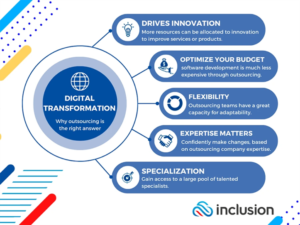
Digital transformation has become a buzz phrase for organizations.
But often, its meaning or the reasons for its need are unclear.
Let’s start by understanding what digital transformation is: The integration of digital technologies into different areas and processes of an organization. In addition, digital transformation is based on two pillars….
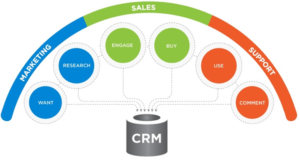
As we enter the 2020s, it’s clear that technology will continue to disrupt all industries, creating unprecedented challenges and opportunities for businesses around the world. While some companies have embraced digital transformation, others have been slower to change. This guide will provide you with the detailed digital transformation guiding principles and tools you need to succeed in the digital age…
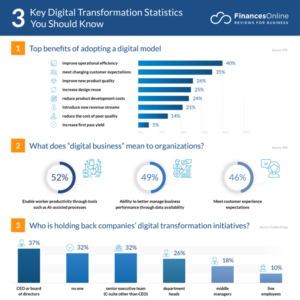
Digital transformation (DX) used to be something that’s just good to have. But since COVID-19 disrupted business operations worldwide, many organizations now see DX as a necessary step in preserving their business as reflected by the most current digital transformation statistics. Fueled by speedy internet everywhere, digitization now plays a critical role in adding business value. Proof of this is the way organizations have been investing in AI and top business intelligence platforms..:…
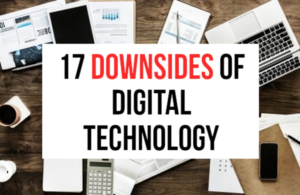
Are There Downsides to Technology?
Digital technology has revolutionized almost every aspect of people’s lives in recent decades. Office work, shopping, music, movies, television, photography, travel, transport, and long-distance communications are just some areas that have been transformed.…

Digitalization is unquestionably the future
An engine for expanded growth, more sustainable models and virtually endless opportunities to surprise and delight clients — but there are a few critical things to consider when shifting a business to a digital format.

Since OpenAI released its blockbuster bot ChatGPT in November, users have casually experimented with the tool, with even Insider reporters trying to simulate news stories or message potential dates.
To older millennials who grew up with IRC chat rooms — a text instant message system — the personal tone of conversations with the bot can evoke the experience of chatting online. But ChatGPT, the latest in technology known as “large language model tools,” doesn’t speak with sentience and doesn’t “think” the way people do.
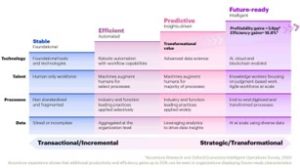
We wanted to understand the connection between business operations maturity and performance. So, in 2020, we surveyed more than 1,100 C-suite and VP-level executives across 11 countries and 13 industries…


